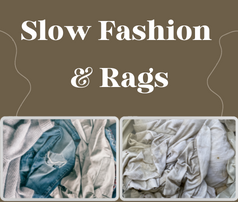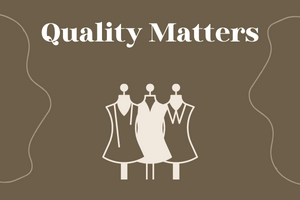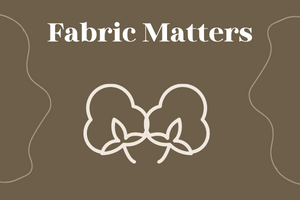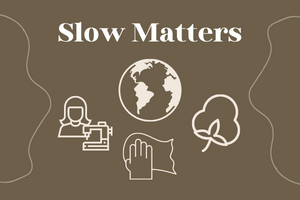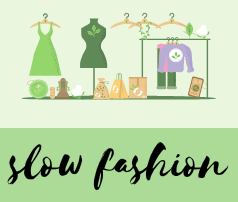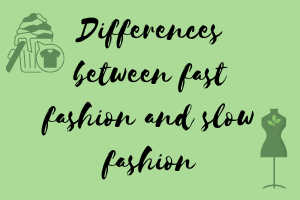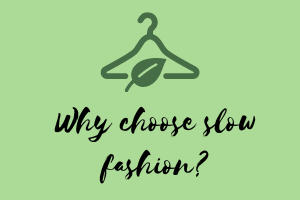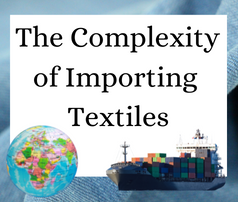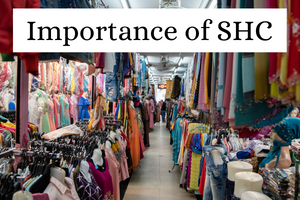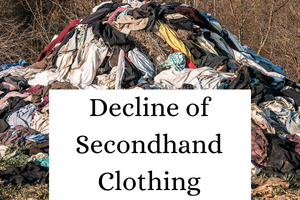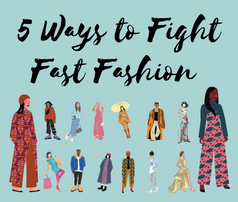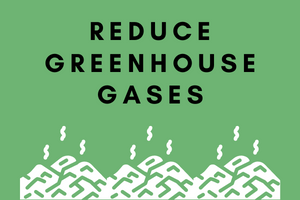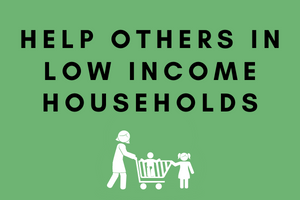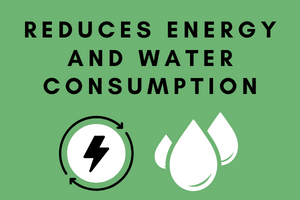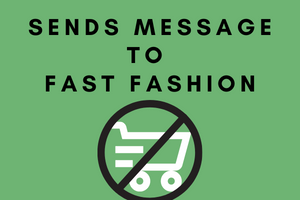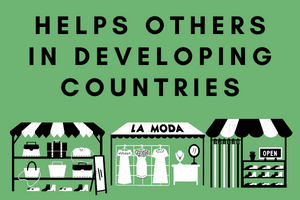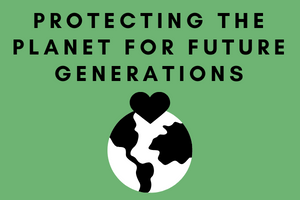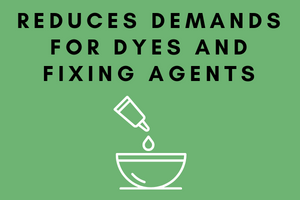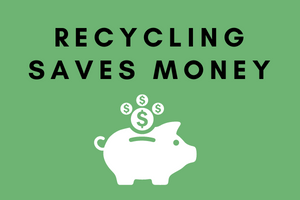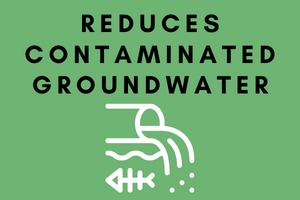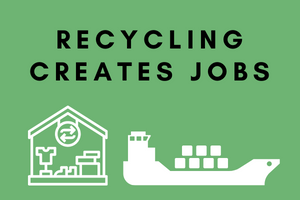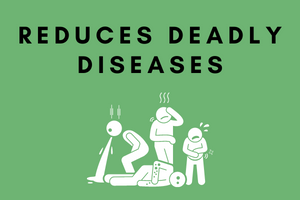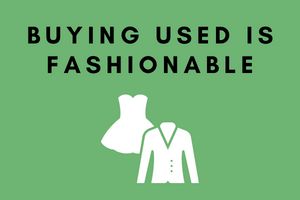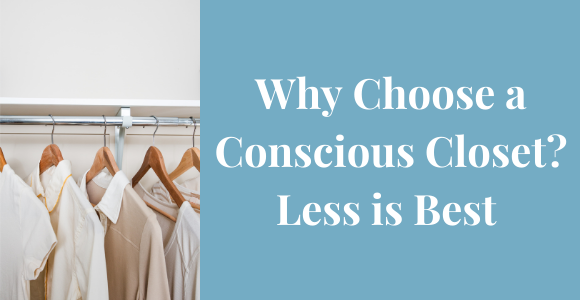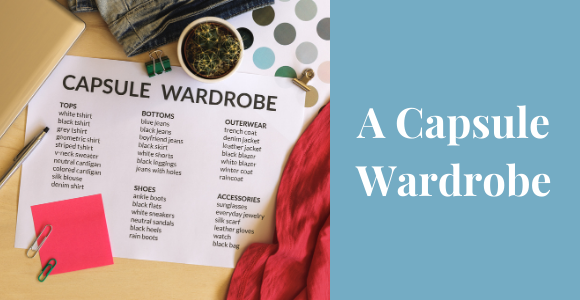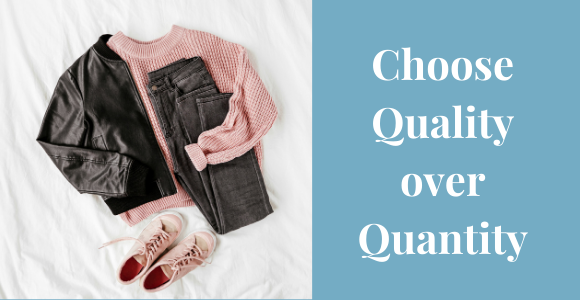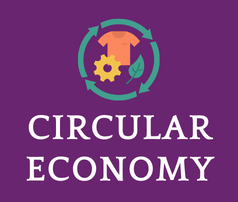 Green Benefits
Green Benefits
Circular Economy

In learning about the importance of textile recycling and what we can do to be a part of the solution, we come across many unfamiliar terms, such as downcycle, chemical recycling and circular economy to name a few. Some of these we have defined in previous blogs, such as our blog on the difference between upcycle and downcycle and our blog on the 5 R’s. In this blog, we will learn more about the term “circular economy” and the role it plays in textile recycling.
What is a Circular Economy?
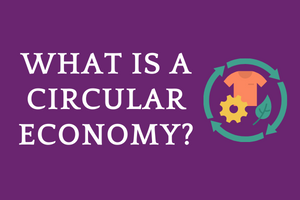
The Ellen MacArthur Foundation defines circular economy as “a systems solution framework that tackles global challenges like climate change, biodiversity loss, waste, and pollution.” (Found here) When textiles are thrown away and end up in landfills, they produce greenhouse gasses and leach harmful waste into the soil, which affects the environment. To fight textile waste, the circular economy is based on “three principles, driven by design: eliminate waste and pollution, circulate products and materials and regenerate nature.” (Found here) So why is a circular economy important for textiles?
Importance of Circular Economy
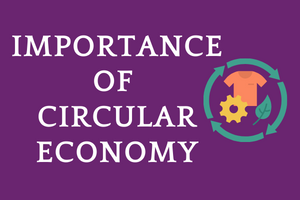
A circular economy is important for textiles due to the larger and larger environmental impact made by creating new textiles and disposing of old ones.
“The current system for producing, distributing, and using clothing operates in an almost completely linear way. Large amounts of nonrenewable resources are extracted to produce clothes that are often used for only a short period, after which the materials are largely lost to landfill or incineration. It is estimated that more than half of fast fashion produced is disposed of in under a year. This linear system leaves economic opportunities untapped, puts pressure on resources, pollutes and degrades the natural environment and its ecosystems, and creates significant negative societal impacts at local, regional and global scales.” (Found here)
These resources used to create clothing will run out if continued in their current excess. Oil, fertilizers and water are used in great amounts to grow cotton and make other fibers for textiles.In addition to natural resources being compromised, greenhouse gas emissions are also contributing to the environmental impact of textile production and disposal. “In 2015, greenhouse gas (GHG) emissions from textiles production totalled 1.2 billion tonnes of CO2 equivalent, more than those of all international flights and maritime shipping combined.” (Found here) A pivot toward a circular economy would drastically reduce these figures and have a profound effect on the future of our planet.
Circular Economy Changes
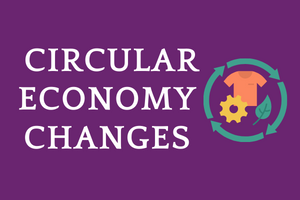
What would a circular economy look like for the textile industry? What changes need to be made to drastically improve how textiles are made and disposed of? There are four points that the Ellen MacArthur Foundation proposes to create systemic and lasting change. They are:
- Phase out substances of concern and microfiber release
- Transform the way clothes are designed, sold and used to break free from their increasingly disposable nature
- Radically improve recycling by transforming clothing design, collection, and reprocessing
- Make effective use of resources and move to renewable inputs
(Found here)
Each of these points are described in much greater detail in the report and broken down to show how these goals can be attained.
Phase Out Substances of Concern and Microfiber Release
This first point aims to change processes and production of how textiles are made in order to minimize dyes, water use, chemicals and other harmful environmental impacts from creating new textiles. In addition, it looks like changing the way they are made in order to drastically reduce or eliminate plastic microfibers created in the washing process of these textiles.
Transform the Way Clothes are Designed, Sold and Used to Break Free from their Increasingly Disposable Nature
Providing access to quality clothing through new business models and changing perception of clothing from disposable to durable are key components of moving toward sustainability and a circular economy.
Radically Improve Recycling by Transforming Clothing Design, Collection, and Reprocessing
Increasing collection of textiles and creating a big picture mentality connecting each phase of the lifecycle of textiles would enhance the body of recycled textiles overall and build a mindset of continued care from production to marketing to reuse to recycling to end of life.
Make Effective Use of Resources and Move to Renewable Inputs
Effects of a circular economy would greatly reduce the need for raw inputs as textile recycling increases and clothing is utilized in more long-lasting ways, including using renewable resources for creating new clothing.
The Hope for a Circular Economy
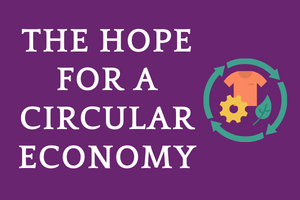
Though these changes may seem like a huge hurdle to overcome to create a circular economy, many companies and environmentalists are already making strides toward these goals. We have posted before about companies lowering their dye usage drastically, articles on the idea to add tracking mechanisms to clothing tags to follow textiles from creation to end of life, many designers and companies using recycled textiles in their businesses and designs and sustainable companies that care about all aspects of how their textiles are made, from the quality of life of the textile workers to the environmental effects of creating new clothing and how well the pieces are made. With laws being changed in different countries for the betterment of textile production and proposals such as this one from the Ellen MacArthur Foundation, the creation and recycling of textiles are being changed for the better, and for that we can hope for a future that involves a truly circular economy.
